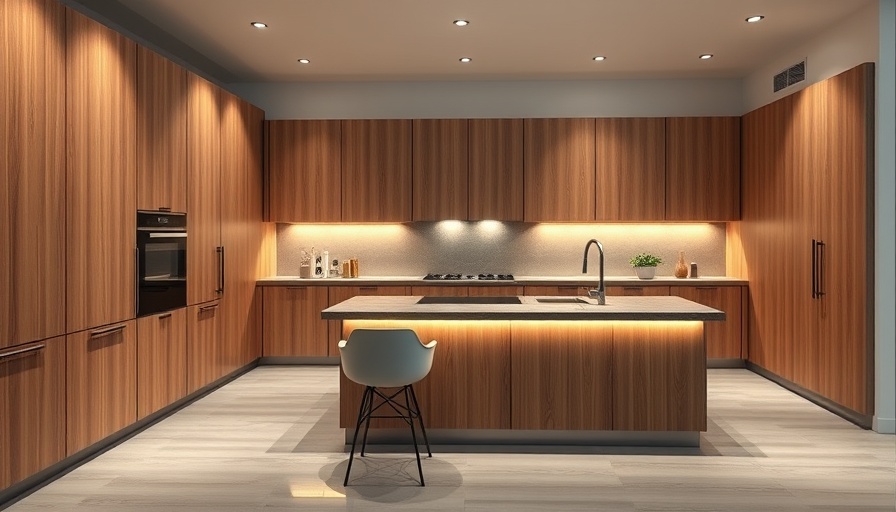
Discovering Kitchen Islands: A Homeowner’s Guide
As kitchen islands become a central fixture in modern homes, many homeowners grapple with a design question: should they include seating? The answer isn’t straightforward, as it hinges on lifestyle, space, and personal taste. In this guide, we’ll delve into the multifaceted benefits and practical considerations of incorporating seating into your kitchen island.
The Evolution of Kitchen Islands
Once mere cooking spaces, kitchen islands have transformed into social hubs. No longer relegated to just food preparation, today’s islands serve as multifunctional areas where families gather, friends converse, and moments of connection unfold. With the rise of open-plan living, integrating seating within kitchen islands has become increasingly popular, accommodating casual dining without completely sacrificing traditional dining spaces.
Making Room for Casual Gatherings
Kitchens are more than cooking zones—they are heartbeats of the home. Adding seating around an island can create a cozy spot for breakfast, snacks, or informal gatherings. While the visual appeal of a stylish island can instantly elevate your kitchen's aesthetic, its usability remains paramount. Islands equipped with bar stools strike a balance between style and practicality, transforming the kitchen into an entertaining space that encourages relaxation and conversation over meals.
Smart Space Efficient Designs
For those working with limited square footage, compact seating solutions are paramount. Slim extensions or narrow seating arrangements can act as breakfast bars, ensuring that your kitchen remains functional while maximizing space. This design decision aligns with contemporary kitchen trends—balancing luxury with functionality and demonstrating innovative kitchen ideas that can work within any layout.
Balancing Style with Functionality
Another point to consider in your planning is the integration of your island’s seating with your overall kitchen design. Sleek, modern styles often feature built-in cabinetry that provides a seamless aesthetic while delivering necessary function. However, the comfort factor cannot be overlooked; these spaces should invite casual lounging, so ensure to select bar stools that provide not only good looks but also comfort for extended use.
Complementing Traditional Dining Spaces
While providing a space for casual meals, it’s essential to remember that kitchen island seating often doesn’t replace the need for a dining table. For larger family gatherings or formal dining, a dedicated dining area remains crucial. Islands are perfect for quick bites, while a sturdy dining table remains best for more substantial meals. This balanced approach acknowledges different dining needs, merging the cozy charm of an island with the functionality of a traditional dining setup.
Embracing Modern Kitchen Trends
As we look towards trends in kitchen remodeling for 2025, it’s clear that flexibility will be a defining theme. Homeowners are increasingly leaning toward designs that offer both aesthetic pleasure and practical functionality. This trend involves not only modern, high-end appliances but also incorporates smart gadgets and sustainable materials that promote energy efficiency and long-term savings.
Final Thoughts on Kitchen Island Seating
In conclusion, kitchen islands with seating present a unique opportunity to enhance both the functionality and aesthetic appeal of your home. They can provide a pleasant social atmosphere, marry style with practicality, and ultimately serve as a versatile focal point for family life. As you embark on your kitchen remodel, consider how seating can play a role in transforming your space into a welcoming haven for entertainment and cooking. Your dream kitchen awaits!
 Add Row
Add Row  Add
Add 




Write A Comment